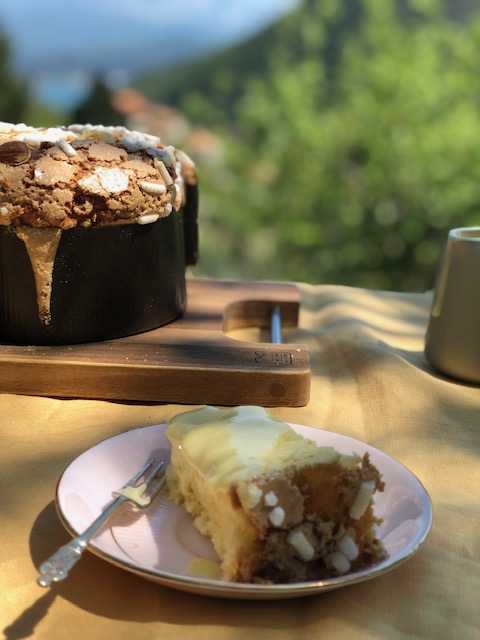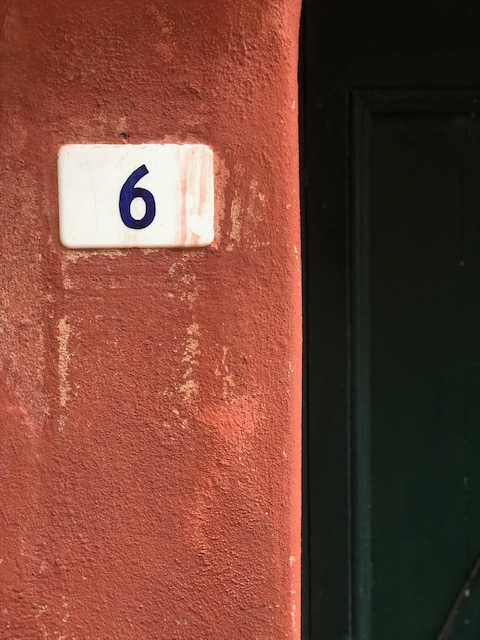
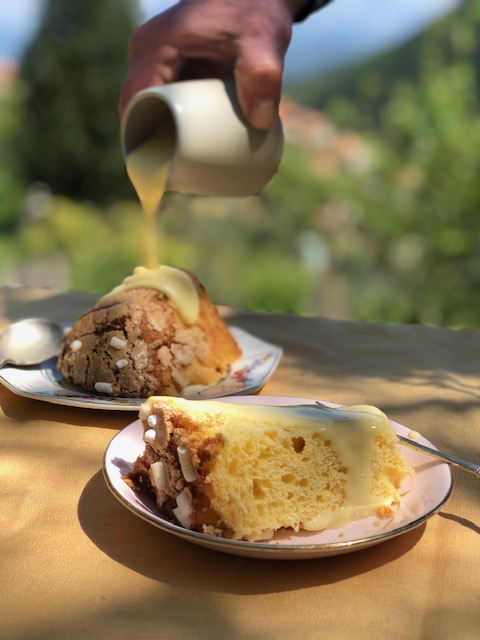
It’s more than a week since Easter Sunday lunch and yet, we are still hoeing in to the traditional dove shaped Colomba di Pasqua. Cut into chunky slices, warmed and served with a generous coating of crema pasticcera, Italian custard cream, this mild sweet bread is elevated into a smooth and richly rewarding indulgence.
The traditional dove shaped Colomba di Pasqua has been a stable fixture at the Italian Easter table for almost a century. Its origins date back to the 1930s to Motta, a Milanese bakery already famous for its Christmas panettone and pandoro, who dreamt-up the idea of using the same baking equipment, and many of the same ingredients, for a similar Easter festive bread. Instant win.
This Easter, a particular artisan producer of the colomba swept-in, under my radar. It was that of the Giotto Bakery in Padua. What made it stand out, was the bakery’s location within the Due Palazzi Detention Centre, home to some of Italy’s most dangerous criminals but also one of the most well regarded bakery/pasticcerie in the country. Set up in 2005 as a way of providing meaningful employment for some of the inmates, over 200 prisoners have received training. Yep, it sounds like the plot of Paddington 2 film – but in real life and minus talking the bear. A progressive project and a supplier of great Colomba!
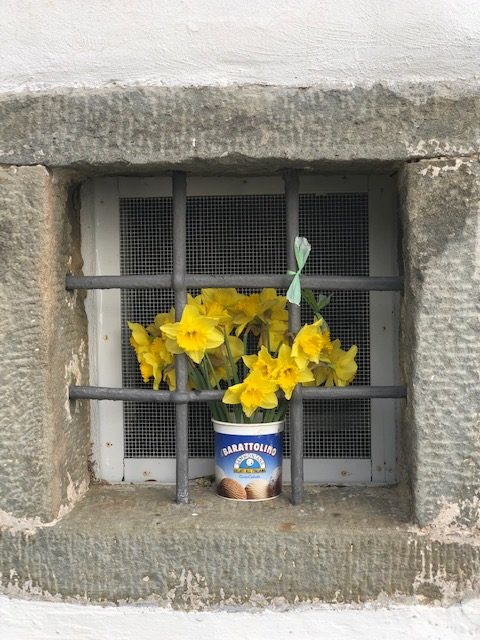

Like panettone, the colomba dough is made with flour, eggs, sugar, natural yeast and butter. Candied peel is usually added but unlike panettone, the raisins are dropped. The dough is then molded into a dove or colomba shape, and topped with pearl sugar and almonds before being baked. Nowadays, all sorts of variations can be found, eg without peel, with added chocolate drops, with swirls of lemon, with cherry, pear or pistachio flavourings etc. I usually opt for the classica, but I can also easily be swayed.
What am sure of, is that my crema pasticcera, Italian custard cream, is a good one. I only recently learnt how to make it, but I feel like I have nailed it. The ingredients list is a combination of author Marcella Hazan’s** recipe, and that of Anna, the mother of my friend Cristina. It includes lemon zest, a big piece of lemon peel which is steeped into the custard (I like things on the lemony side) and a splash of vanilla. The recipe works not only as a silky dressing for colomba, and its sweet bread cousins, panettone and pandoro, but also, it can be loaded into sweet tart bases topped with fruits and nuts, added to cakes, and all sorts of pastries. It is versatile, and happily accommodates a splash of limoncino, amaretto, marsala, caffe – you name it.
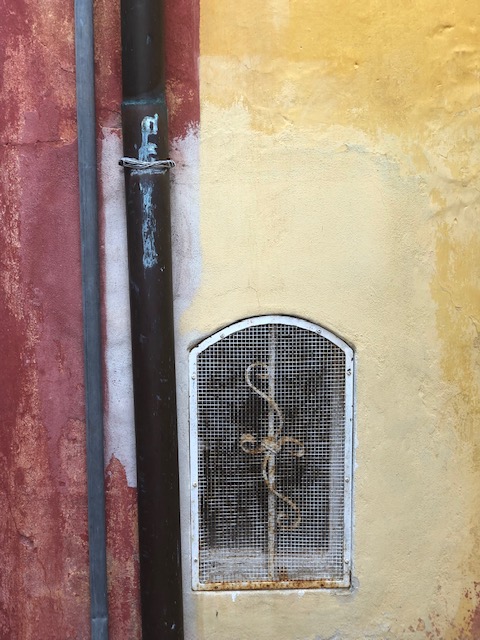
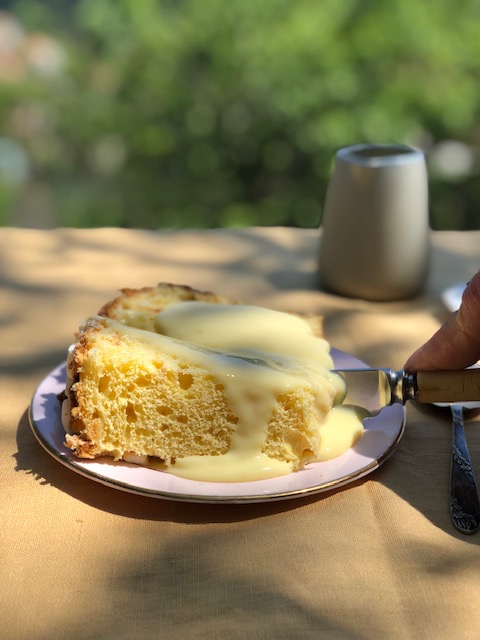
Crema Pasticcera for leftover Easter Dove Cake
- 4 egg yolks
- ¾ cup icing sugar
- ¼ cup flour
- 2 cups milk
- zest of ½ – 1 lemon, plus a strip of lemon peel (to taste)
- ½ – 1 teaspoon vanilla (to taste)
In another small saucepan, gently heat the milk, bringing it to the brink of boiling (the edge of the pan will be ringed with little bubbles).
Still off the heat, add the hot milk very slowly to the beaten egg yolks, stirring continuously to avoid any lumps forming.
Place the saucepan with the combined egg and milk mixture over a low heat. Cook for about 5 minutes stirring steadfastly with a wooden spoon or whisk. While the occasional bubble breaking through the surface is ok, do not let the cream come to a boil. The custard cream is done when it clings to the spoon, coating it with medium density.
Remove the saucepan from the heat and place in a bowl or sink filled with ice water and stir for a few minutes. Mix in the vanilla, lemon zest along with the piece of lemon peel. Stir a while longer until the cream cools.
Note: the crema can be made ahead of time. In which case, transfer it to a steel or ceramic container, and press cling wrap against the surface of the cream, and refrigerate. Remove the piece of lemon peel before serving. Makes 2 ½ cups
Check out
